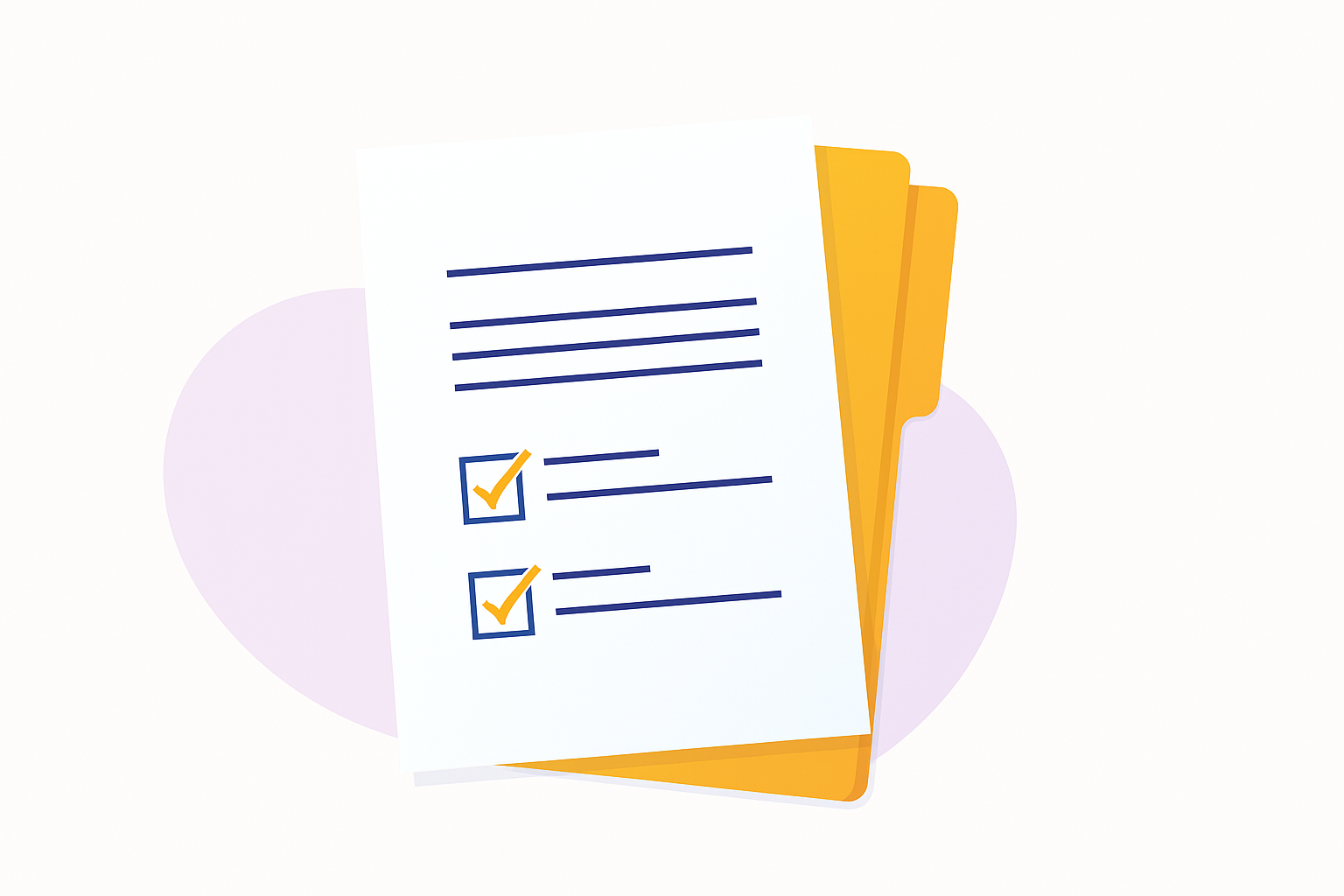Like a lighthouse guiding ships through foggy seas, educational apps illuminate the path for students with special educational needs. In the diverse learning landscape, these digital tools offer a beacon of tailored support and inclusivity.
Educational apps provide a unique terrain where each student’s individual journey is both valued and nurtured. They unlock potential through personalized experiences—like having a key to unlock treasures hidden in their educational quest.

Contents
Understanding Special Educational Needs
Special Educational Needs (SEN) describe a wide umbrella of learning differences and challenges that students may face in their educational journey.
The spectrum of SEN can range from cognitive delays to communication and interaction difficulties, sensory impairments, and physical disabilities. These variations make a standardized educational approach ineffective—demanding teaching strategies that accommodate unique learning profiles and ensure equitable access to education.
Students with SEN often require an individualized understanding of their cognitive processes and learning styles. By employing adaptive technologies, educational apps can mold the cognitive contours of each learner, delivering content in a way that resonates with their unique modes of learning.
Integrating assistive technology within educational apps emerges as an invaluable ally in this quest for personalization and inclusion. By providing alternative formats for content delivery, facilitating communication, and offering organizational tools, these apps enhance the learning experience for students with SEN.
The Rise of Educational Apps for SEN Support
In a digital age, educational apps are revolutionizing support for students with Special Educational Needs (SEN), becoming beacons of learning empowerment.
As catalysts for inclusion, these apps bridge gaps within traditional educational frameworks, aligning with the ethos of personalized learning experiences. By harnessing interactive and multi-sensory approaches, they offer a more engrossing and tailored educational journey.
The landscape of SEN education is indeed being reshaped, with technology at its heart—inspiring a generation to reach their full potential.
Personalized Learning Experiences
Educational apps scaffold learning wonderfully—contextualizing content that aligns with each student’s unique learning pace and cognitive abilities.
With adaptive algorithms, these innovative platforms can personalize academic challenges to optimal levels, compelling engagement and fostering a profound sense of achievement among students.
Seamlessly integrating into a student’s learning journey, these tools empower learners by recognizing and adapting to individual profiles—enshrining a commitment to every child’s right to education.
Interactive and Engaging Learning Materials
Educational apps invigorate learning for students with special educational needs (SEN), using vibrant visuals, dynamic sounds, and tactile experiences to capture and maintain their attention. These interactive elements are vital in establishing an immersive learning environment where motivation thrives.
They effortlessly transform abstract concepts into tangible experiences. This concrete representation facilitates deeper understanding and retention, which is crucial for SEN students’ learning progression.
Gamified elements within these apps, like rewards systems (acquiring badges, unlocking levels, and earning points), bolster motivation and engagement. This gamification fosters a fruitful learning experience that is both enjoyable and effective.
Custom animations and interactive simulations provide a multisensory approach that caters to students with diverse learning preferences, including visual, auditory, and kinesthetic learners. Visual cues, for instance, can guide a student through a challenging math problem.
Accessibility Features
Educational apps are fitted with tailored accommodations, supporting learners across the spectrum of needs. Since their inception, these technological tools have been pivotal in dismantling barriers, offering customizable font sizes, color contrasts, and text-to-speech capabilities that make content accessible to all.
Interactive and tactile elements within apps engender autonomy, empowering students with motor difficulties to engage more freely with their learning materials.
The incorporation of closed captioning and sign language support extends an invitation to the deaf and hard-of-hearing community, ensuring they, too, have a seat at the table of knowledge.
Educational Apps in Action: Success Stories
Assistive educational apps are reshaping success narratives. Personalized learning experiences crafted through digital mediums are fostering growth and confidence in students with special educational needs.
Apps such as Proloquo2Go demonstrate this—they are a communication lifeline for nonverbal learners. They grant a voice to those who struggle with speech, exponentially increasing their capacity to interact with peers and educators and carving a path to social inclusion and academic participation.
Another success story worth highlighting is Mathnasium. This platform has made significant strides in supporting students with math-related learning difficulties. It helps demystify complex mathematical concepts, resulting in a noticeable improvement in confidence and proficiency in math among learners who once found the subject daunting.

Choosing the Right Educational App for SEN Students
Selecting an educational app for students with special educational needs (SEN) must be executed with discernment and sensitivity. Each student’s unique profile of abilities requires tailor-made features that align with their learning objectives and support their progression without overwhelming them.
In this quest, parents and educators act as critical catalysts, evaluating the landscape of available tools with a keen eye on accessibility, interactivity, and personalization. These three pillars stand tall in ensuring that an app is not just compatible with a student’s needs but is also transformative in their learning journey. Compatibility with assistive technologies or the ability to customize content complexity can make an undeniable difference.
The Role of Educators and Parents
Educators and parents must collaboratively spearhead the implementation of educational apps for students with special educational needs.
- Evaluate and choose apps with robust accessibility features catering to various disabilities.
- Ensure the content is engaging and interactive to maintain the student’s interest and motivation.
- Look for apps that offer personalized learning experiences that can be tailored to each student’s unique needs.
- Advocate for consistent updates and scalability in-app features to match the evolving requirements of the student.
- Strengthen the communication loop between app usage, pedagogical outcomes, and the student’s emotional well-being.
- Facilitate training sessions for both students and caregivers to maximize the app’s efficacy.
The Future of Educational Apps for SEN
In the evolving terrain of educational technology, apps for students with special educational needs (SEN) stand as beacons of innovation and inclusion.
Here are some tips to make your educational app future-proof:
- Advanced Assistive Technologies: Incorporating cutting-edge assistive functionalities like speech-to-text or real-time captioning.
- Tailored Learning Algorithms: Utilizing artificial intelligence to adapt difficulty levels and learning styles to individual progress.
- Immersive Learning Environments: Leveraging virtual and augmented reality to provide experiential learning that transcends traditional constraints.
- Enhanced Parent-Teacher Collaboration: Streamlining communication channels to foster active participation and monitoring of student progress.
- Comprehensive Access across Platforms: Ensuring universal design with accessible apps across various devices to accommodate all learners.
Conclusion
Educational apps for students with SEN are nothing short of transformative, enabling personalized pathways to knowledge acquisition. Their efficacy is an ode to inclusivity, making education a realm where every student can find their foothold and flourish.
Among the myriad of contributions these apps offer, perhaps their most significant is the heartening reminder that every student harbors a universe of potential. Like navigators of the digital epoch, educational apps for SEN students guide us closer to a future where learning is not a privilege but a pervasive and adaptive journey accessible to all.
Shahzad Ahmad Mirza is a web developer, entrepreneur, and trainer based in Lahore, Pakistan. He started his career in 2000 and founded his web development agency, Designs Valley, in 2012. Mirza also runs a YouTube channel, “Learn With Shahzad Ahmad Mirza,” where he shares his web programming and internet marketing expertise. He has trained over 50,000 students, many of whom have become successful digital marketers, programmers, and freelancers. He also created the GBOB (Guest Blog Posting Business) course, which teaches individuals how to make money online.



